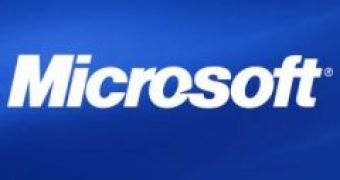With the release of Microsoft Dynamics - Point of Sale 2.0 and Microsoft Dynamics Retail Management System (RMS) 2.0, and via the partnerships signed with HP and First Data, the Redmond Company aims to introduce and drive innovation in retail, in an effort to keep up with an evolving industry. An illustrative example of Microsoft's involvement into the retail industry are the five years that the Redmond Company has invested along with the team that has increased in size from just 5 employees to approximately 500.
"From Windows Embedded for Point of Service, a retail-optimized operating system specific to point of service, to Microsoft Dynamics - Point of Sale & Dynamics Retail Management System for small retailers and midsized retailers, to innovative solutions from more than 300 of our retail-oriented partners, we provide integrated and interoperable applications on a common platform. This ultimately helps retailers more easily integrate new and existing technologies, driving retail innovations and ultimately leading to business success," commented David Gruehn, U.S. industry solutions director, Microsoft Retail & Hospitality Group.
Gruehn explained that Microsoft's involvement in the retail industry is designed to streamline the connections between information, systems, processes and people. "We are committed to industry standards and use Web services to enable retailers to connect isolated data sources and deliver information to everyone who needs it. Software from Microsoft and a worldwide network of partners is designed to provide a flexible business platform to harness change in a way that supports today's needs and meets tomorrow's opportunities," added Gruehn.
With its offers for the retail industry, Microsoft aims to enhance the customer experience, to provide advanced real time analytics, to offer solutions for integration, communication and collaboration and to enable superior management and operations. "Through a flexible, integrated and optimized infrastructure, information can flow throughout the retail organization and give a retailer's biggest asset - its people - the right information at the right time, and in ways that are familiar and easy to use," Gruehn said.

 14 DAY TRIAL //
14 DAY TRIAL //